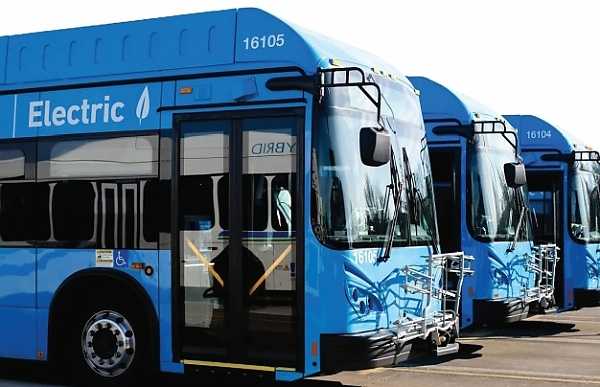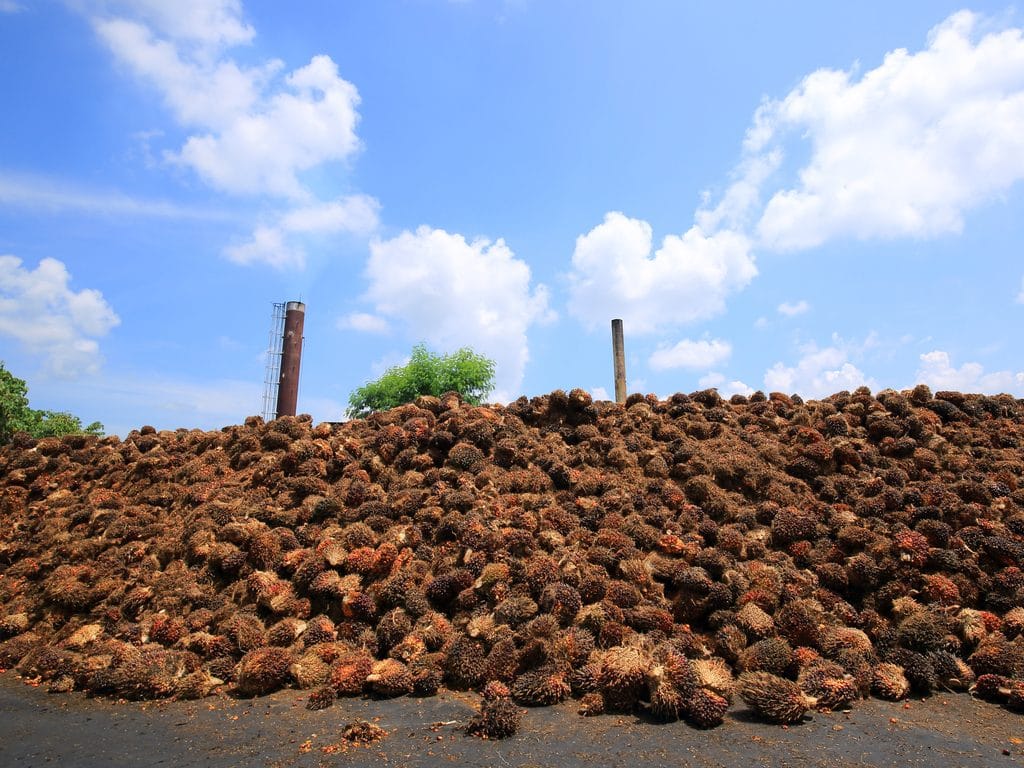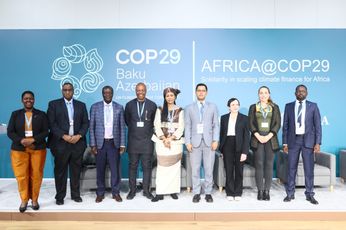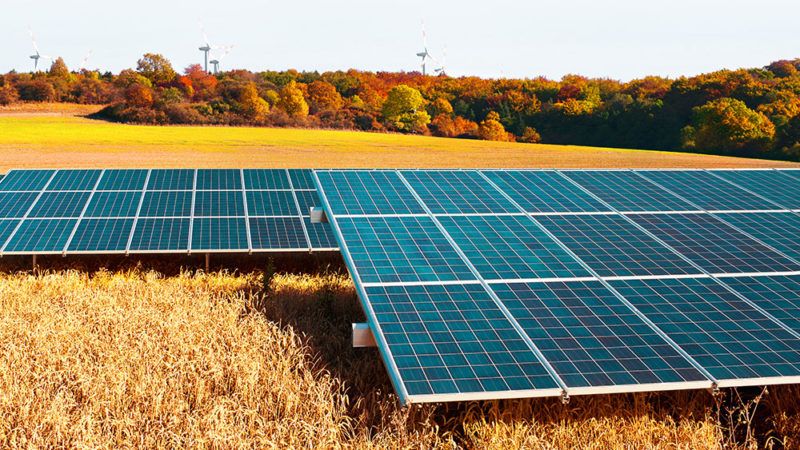
What can the Nigerian Government achieve with the Integrated Energy Planning Tool
On February 3rd 2022, the federal government of Nigeria launched an online, interactive geospatial platform.
The Federal Government of Nigeria launched the Nigeria Integrated Energy Planning Tool in collaboration with Sustainable Energy for All (SEforALL), with funding from The Rockefeller Foundation and support from the Global Energy Alliance for People and Planet. The Nigeria Integrated Energy Planning Tool is an online interactive data visualization platform. At the launch event, the Vice President of Nigeria, Yemi Osinbajo, stated, "The Nigeria Integrated Energy Planning Tool offers critical data and analysis that will assist us in achieving our universal access targets for both electrification and clean cooking."

The analysis considers various energy supply options and demand factors to identify pathways and opportunities for improving energy availability. Energy supply options include solar home systems (SHS), grids, mini-grids for electrification, LPG, electric cooking, and biogas for clean cooking. Demand factors include the need for the solution, affordability, and the likelihood of adoption. The data would enable Nigerian policymakers and stakeholders to make more informed choices regarding their strategies and operations to advance energy access in the country.
This is the first truly integrated energy plan encompassing universal residential electrification, institutional electrification, powering of productive purposes, and access to clean cooking.
According to the model, for Nigeria to attain universal electrification by 2030, the least expensive strategy would require a $25.8 billion investment in 5 million SHS, 5.4 million grid connections, and 8.9 mini-grid connections.
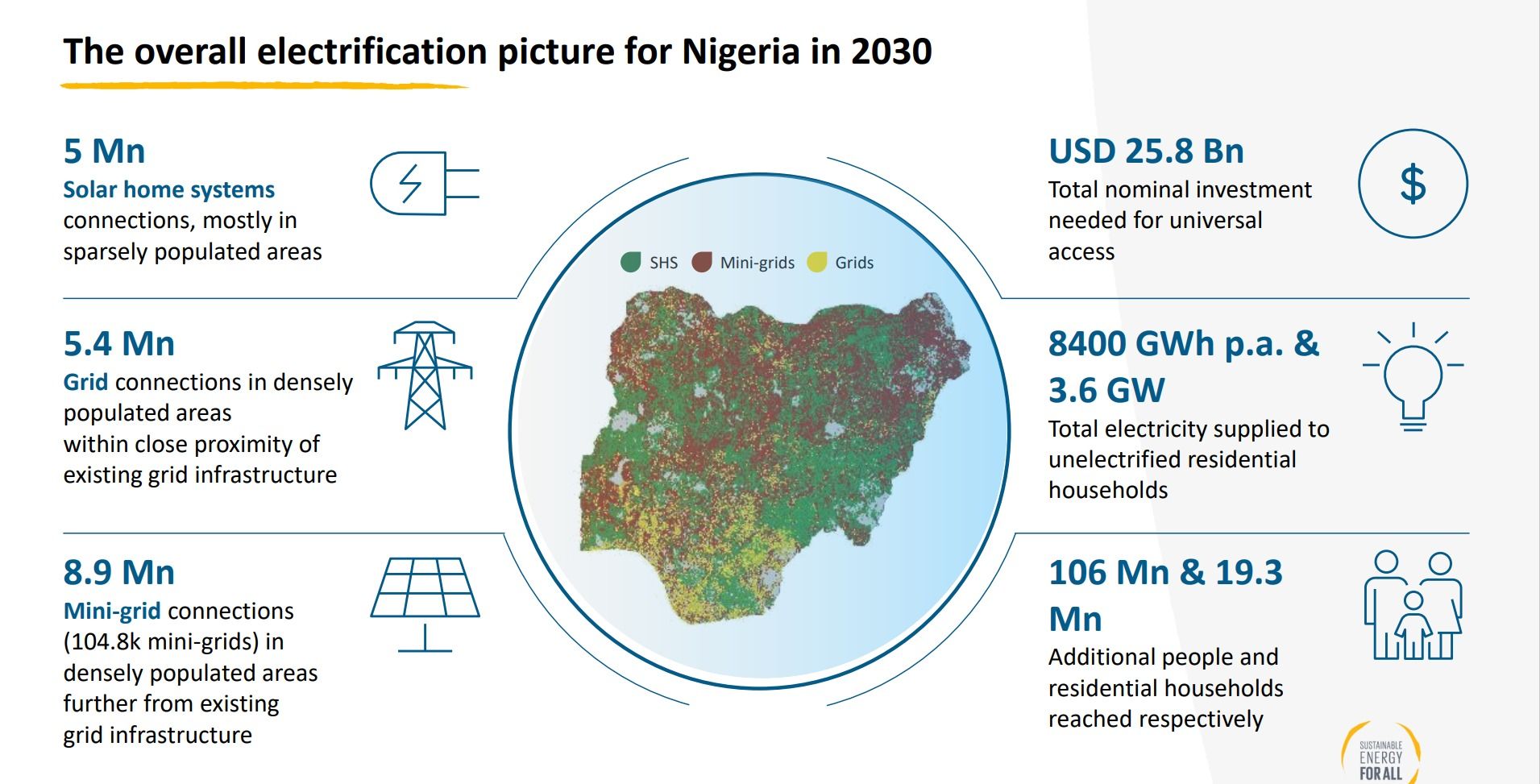
The model also indicates that there are 3.7 million households that could benefit from LPG, 3.5 million households that could benefit from e-cooking, and 4.3 million households that could benefit from biogas. Clean cooking alternatives at the lowest cost are estimated to cost $478 million for LPG, $83 million for e-cooking, and $847 million for biogas. The investment includes all necessary accessories and infrastructure for the delivery of fuel or electricity.
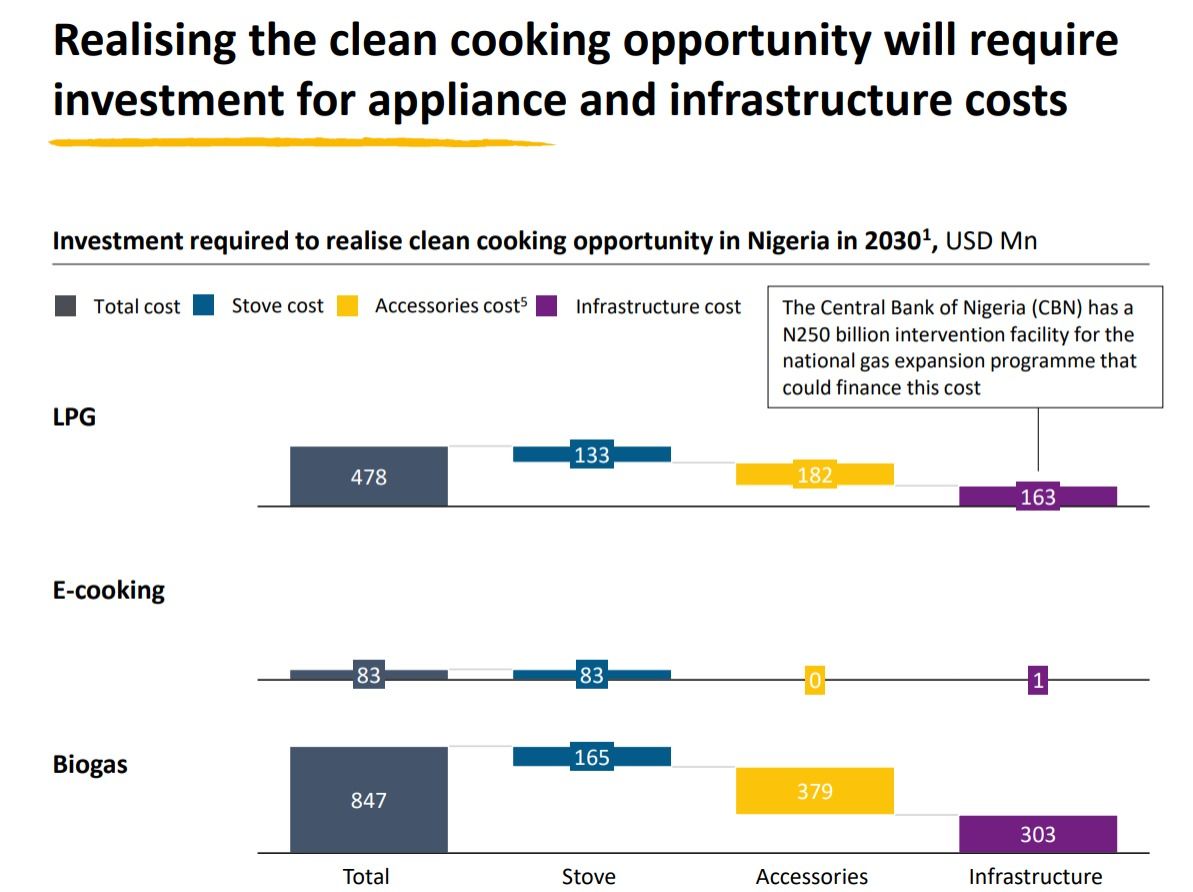
Nigeria seeks to achieve UN SDG 7 – Ensure universal access to affordable, reliable, sustainable, and modern energy – by 2030 through the data-driven, interactive platform, while also contributing to the country's recently declared commitment to achieve net-zero emissions by 2060 and advancing the country's development priorities. The government requires a $27.2 billion investment to attain universal electrification and clean cooking by 2030 using the least-cost option. However, the funding requirements would limit the actualization of this plan. Between 2010 and 2020, renewable energy investment in Africa totalled $50 billion, with only 7% directed to West Africa.
Highlights of Nigeria
GDP: $432.3 billion as at 2020
Population: ~210 million as at 2021
Access to electricity: 55% as at 2019
Per Capita renewable electricity: 10.71% as at 2019
FullyGreen Newsletter
Join the newsletter to receive the latest updates in your inbox.

